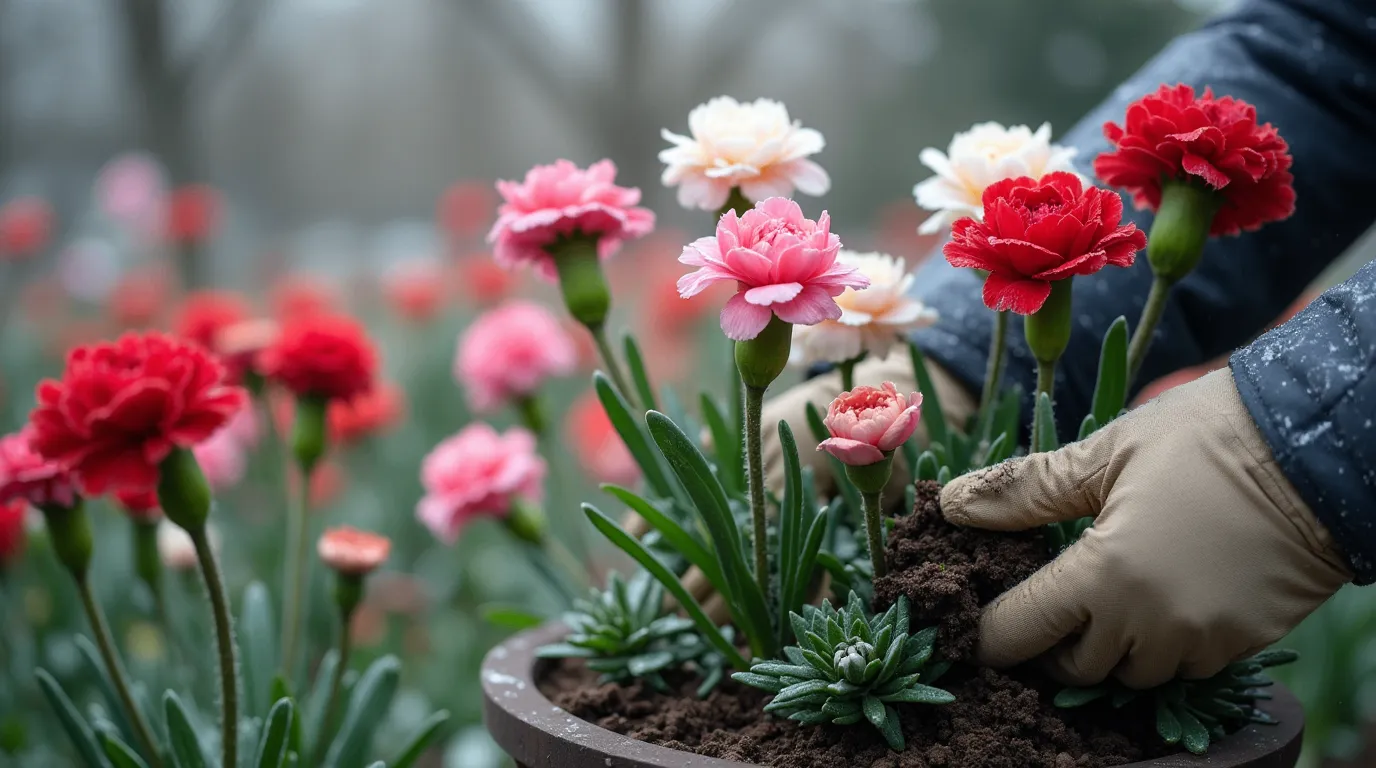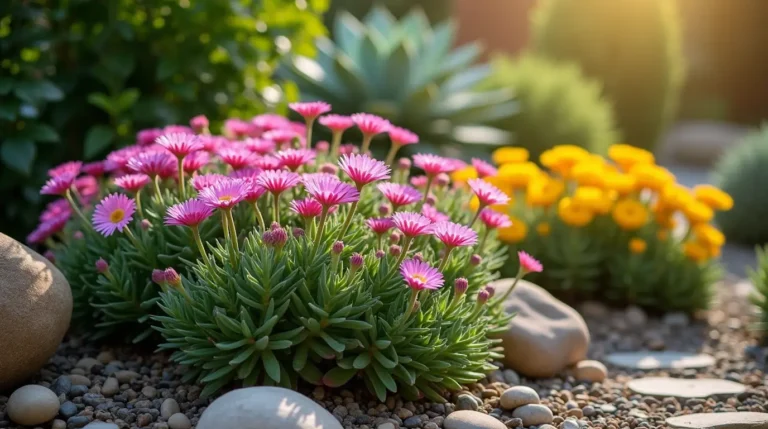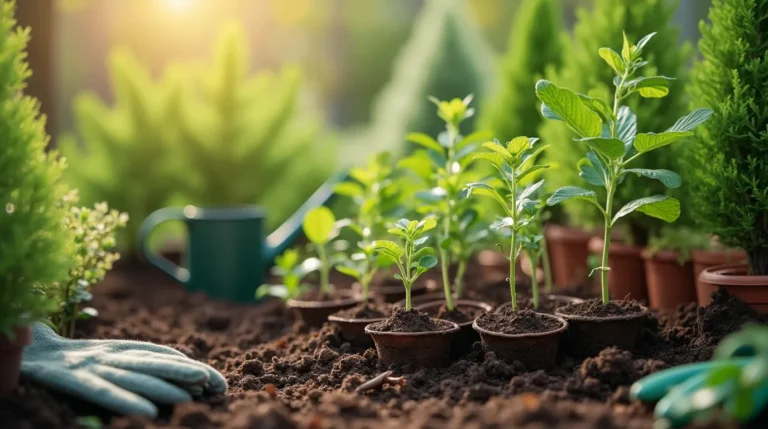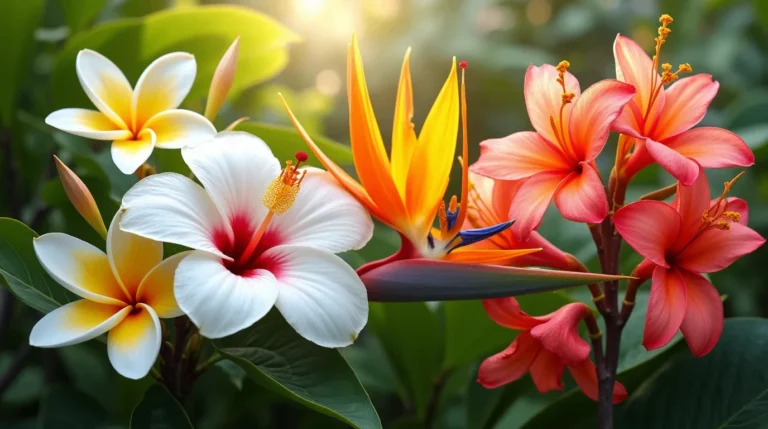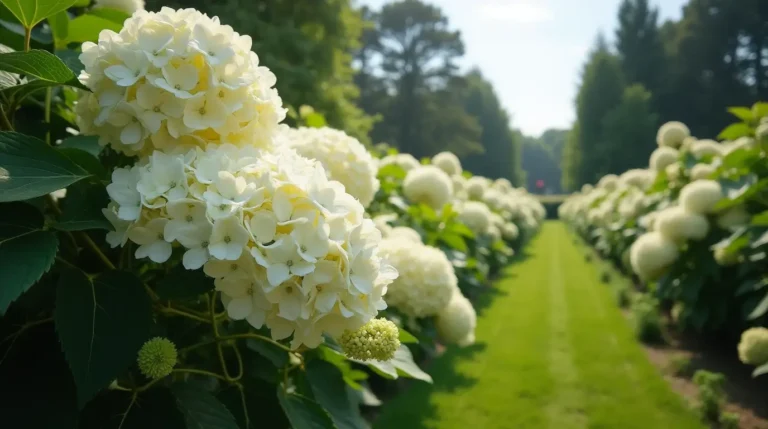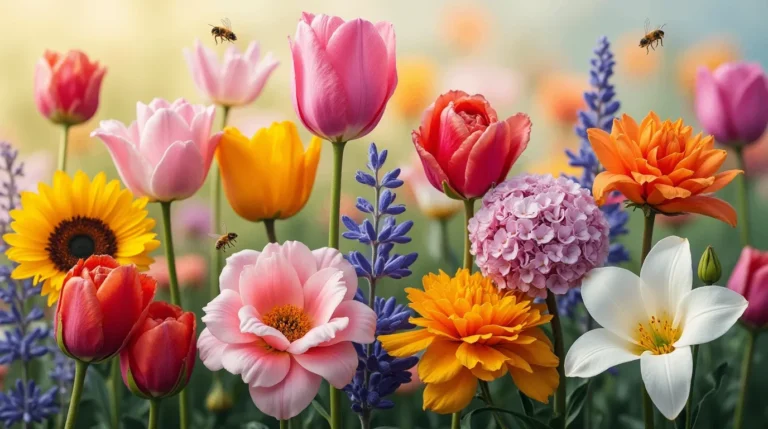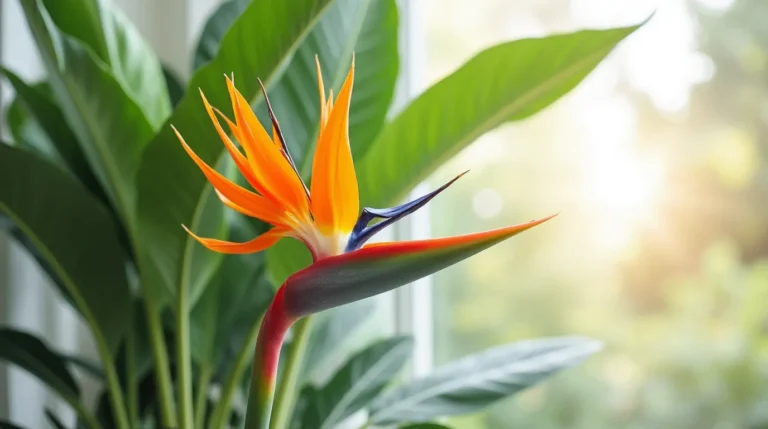Carnation Flowers: Why They’re The Best For Your Garden
Table of Contents
Introduction
Carnation flowers (Dianthus caryophyllus), known for their vibrant colors and ruffled petals, are popular in gardens worldwide. With their rich symbolism and beauty, they have become a favorite for many flower enthusiasts. In this guide, we’ll walk you through everything you need to know about growing and caring for these beautiful blooms, ensuring your carnations thrive year after year.
1. Understanding Carnation Flowers
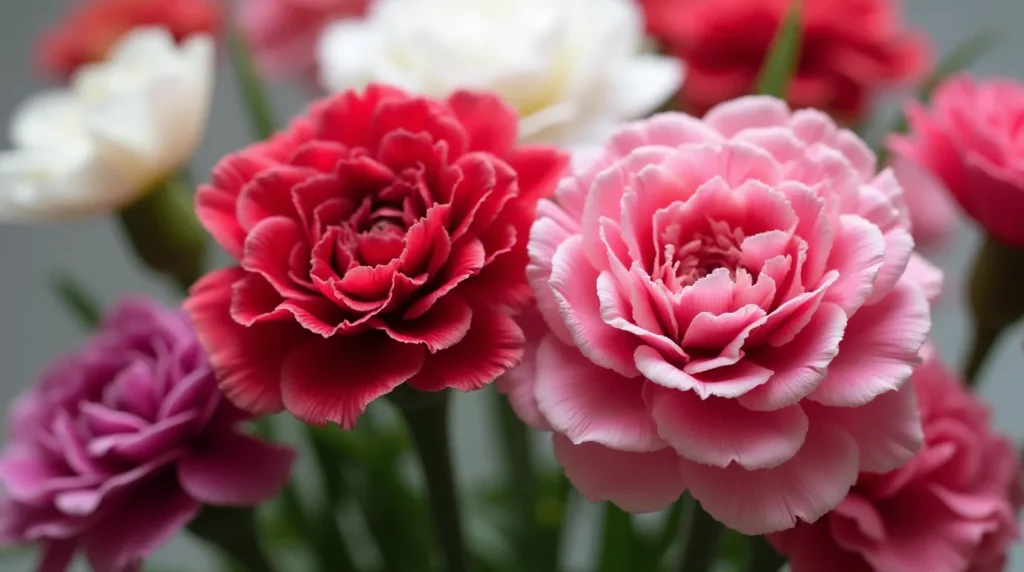
Carnations belong to the Dianthus genus, which means “flower of the gods” in Greek. They are well-known for their delightful fragrance and are commonly used in bouquets and arrangements. With over 300 varieties, carnations come in various colors, each carrying its own symbolism:
2. Planting Carnation Flowers
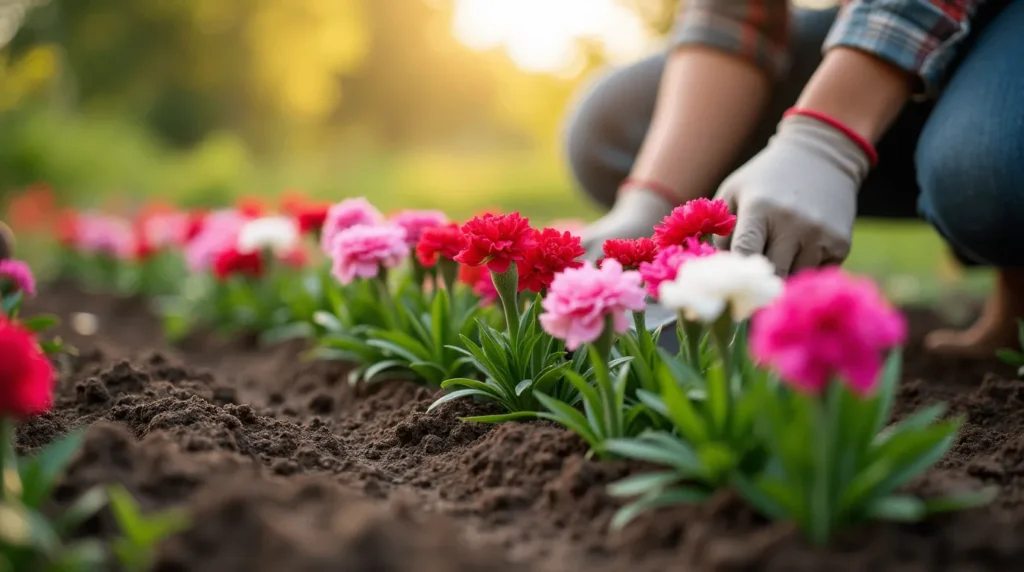
To grow healthy carnation flowers, choose a well-drained site with plenty of sunlight. Carnations thrive best in areas that receive at least 6 hours of direct sunlight daily.
Soil Requirements:
- Carnations prefer neutral to slightly alkaline soil (pH 6.7 to 7.5).
- Enrich the soil by adding organic materials like compost to enhance drainage and boost fertility.
Planting Process:
- Seeds: Sow seeds indoors 6 to 8 weeks before the last frost date. Move them into the garden after the risk of frost is no longer a concern.
- Transplants: Space each plant 12 to 18 inches apart to allow good air circulation.
- Cuttings: For propagation, use stem cuttings from established plants.
3. Watering and Fertilizing Carnation
Carnation flowers are low-maintenance when it comes to watering. Overwatering can cause root rot and fungal issues, so it’s best to water sparingly.
- Watering Guidelines: Direct water to the base of the plant to prevent wetting the leaves. Maintain moist soil without overwatering.
- Fertilizing: Apply a balanced fertilizer (10-10-10) once every 6 to 8 weeks during the growing season for best results. Over-fertilizing can lead to poor flowering.
4. Pruning and Deadheading
Regular pruning and deadheading help carnations produce more blooms and maintain a healthy shape.
- Deadheading: Trim off faded flowers to promote ongoing blooms.
- Pruning: Trim the stems in early spring to promote bushier growth and more vibrant flowers.
5. Managing Pests and Diseases
Carnations are generally resilient but can be susceptible to common pests and diseases:
- Pests: Aphids, spider mites, and thrips can cause damage. Apply insecticidal soap or neem oil to manage pest infestations.
- Diseases: Keep an eye out for rust, leaf spot, and stem rot. Maintain proper air circulation and avoid watering from above to prevent these problems.
6. Winter Care for Carnations
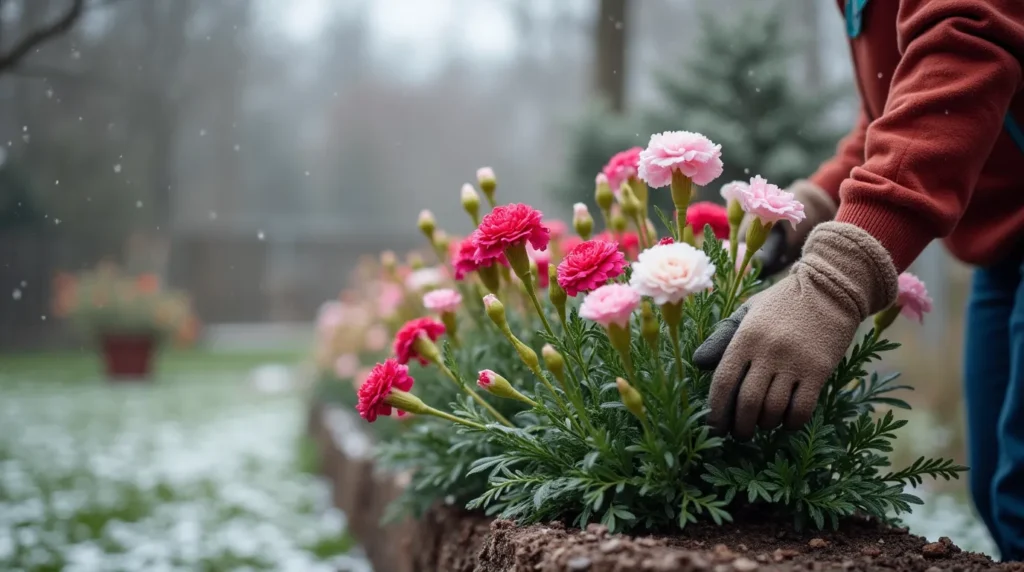
In colder climates, carnations can be overwintered indoors. Cut back the foliage to about 2 inches above the ground and apply a thick layer of mulch around the base. For potted plants, move them to a sheltered location with plenty of light.
7. Benefits and Uses of Carnation Flowers
Carnation flowers aren’t just visually appealing; they have a variety of uses:
- Floral Arrangements: Popular in bouquets and centerpieces due to their long-lasting blooms.
- Symbolism: Often used in weddings and celebrations.
- Herbal Uses: In traditional medicine, carnations have been used to reduce inflammation and as a mild sedative.
8. Frequently Asked Questions
Q: How long do carnation flowers last?
A: With proper care, carnations can last up to 2 to 3 weeks in a vase.
Q: Can I grow carnations indoors?
A: Yes, carnations can thrive indoors with adequate light and well-drained soil.
Q: Why are my carnation leaves turning yellow?
A: Yellow leaves may indicate overwatering or a lack of nutrients. Check soil moisture and consider feeding the plant with a balanced fertilizer.
Conclusion
Carnation flowers add a touch of elegance and fragrance to any garden. By following these care tips, you can enjoy their vibrant colors and beautiful blooms for seasons to come. Whether you’re a seasoned gardener or a beginner, carnations are a rewarding choice for any floral enthusiast.

